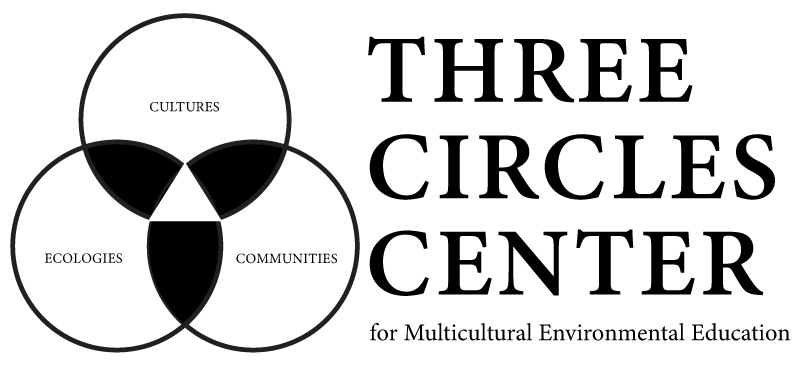
by Denaya Shorter
Denaya Shorter currently working with Seattle Parks & Recreation supporting the Trails Program. She is a California transplant, originally from the greater Bay Area, who recently received her MA. Ed. in Urban Environmental Education. Her early struggles with racism and discrimination in the public school system inspired her career path and has influenced her advocacy for inclusive learning environments that are absent of race-related trauma experiences for young people. Denaya is passionate about education and youth as well as changing the lens in which the environmental field views diversity, equity, and inclusion. Her mission is to advocate for the advancement and elevation of communities of color, through meaningful action, authentic relationship building, and reclaiming our right for a seat at the table.
It was early and cold. I couldn’t figure out where to park my car nor which bus to take to get to the ferry and was relying on a 12 oz Red Bull to get me through a 12+ hour day. Needless to say, I was not optimistic about a day on Bainbridge Island for my Multicultural Environmental Education course.
Boy was I wrong! Our day on the Island was one of my most memorable experiences so far in my Urban Environmental Education graduate program at Antioch University, and one of which I will never forget. What made my day so meaningful was not just the moving first-hand accounts and stories about the first place of mass incarceration of Japanese-Americans called by Executive Order 9066 of 1942; it was the camaraderie. It was the informal reflections with fellow cohort members between historical sites. It was collective moments of silence where, as a group, we felt together. It was impromptu singing sessions of familiar gospel songs over a lively Djembe beat from the backseat. It was meaning-making with friends on a landscape that told its own story.
The day began at the Bainbridge Island Historical Museum where we first gathered to center ourselves and formulate language around the intersection between multicultural education and environmental education. In that moment I spoke about my recent reflections on how important it is to pay attention to who is telling a story. Particularly, the story of your people. I shared how I have learned to be cautious of the who, and not to let the wrong people tell me about my own history. I strive to discover my history myself, enhanced by the stories I glean from the environment, as it is memory and does not lie.
Throughout the day and between the stories from a variety of survivors, native elders, and storytellers, I was completely consumed by the power that the landscape had over how I was receiving the history. I recognized it as an experience absent in indoor classroom learning spaces and one that I didn’t realize I was missing. Every feature of the landscape has a story to tell and that is from whom I’d prefer to be educated. There is something about the environment that allows us to learn in ways that not even the best educator could teach. Nature speaks to our souls and allows us to feel lessons in a way that words don’t get to.
As I stood at Suyematsu & Bentryn Family Farms and listened to the stories of Japanese Americans being ripped away from their lands, their homes, their families; something about standing on the land that survived the pain, made the stories even more powerful. I found myself in tears staring into the window of the farmhouse that once housed a family, and love, and happiness and hope. My tears flowed not only because of the pain behind the spoken stories, but also because standing on the landscape made me feel beyond the words. The way the wind blew the distant conifer that substantially towered above the revived treeline, silently screaming of the pain and terror that historically tore through the land, confirmed, for me, the extraordinary role the environment has in education.
I am continually reflecting on our day at Bainbridge, as I hope to create learning spaces that I was afforded this day for my future students. I am reflecting on my role as an educator but more importantly on my responsibility as an environmental educator, to seek out those moments when I can step aside and let nature teach. I look forward to more days like this, where I remember how I felt, over the details of the intended content. Too often we are caught up in “doing” education, trying to do our best to be authentic, culturally-responsive, effective, and respectful. By no means are these goals insignificant, however, I am committed to dedicating more time to ensuring my students are feeling the lessons. Because it is those moments that last forever, just as this day will for me.

Comments are closed.